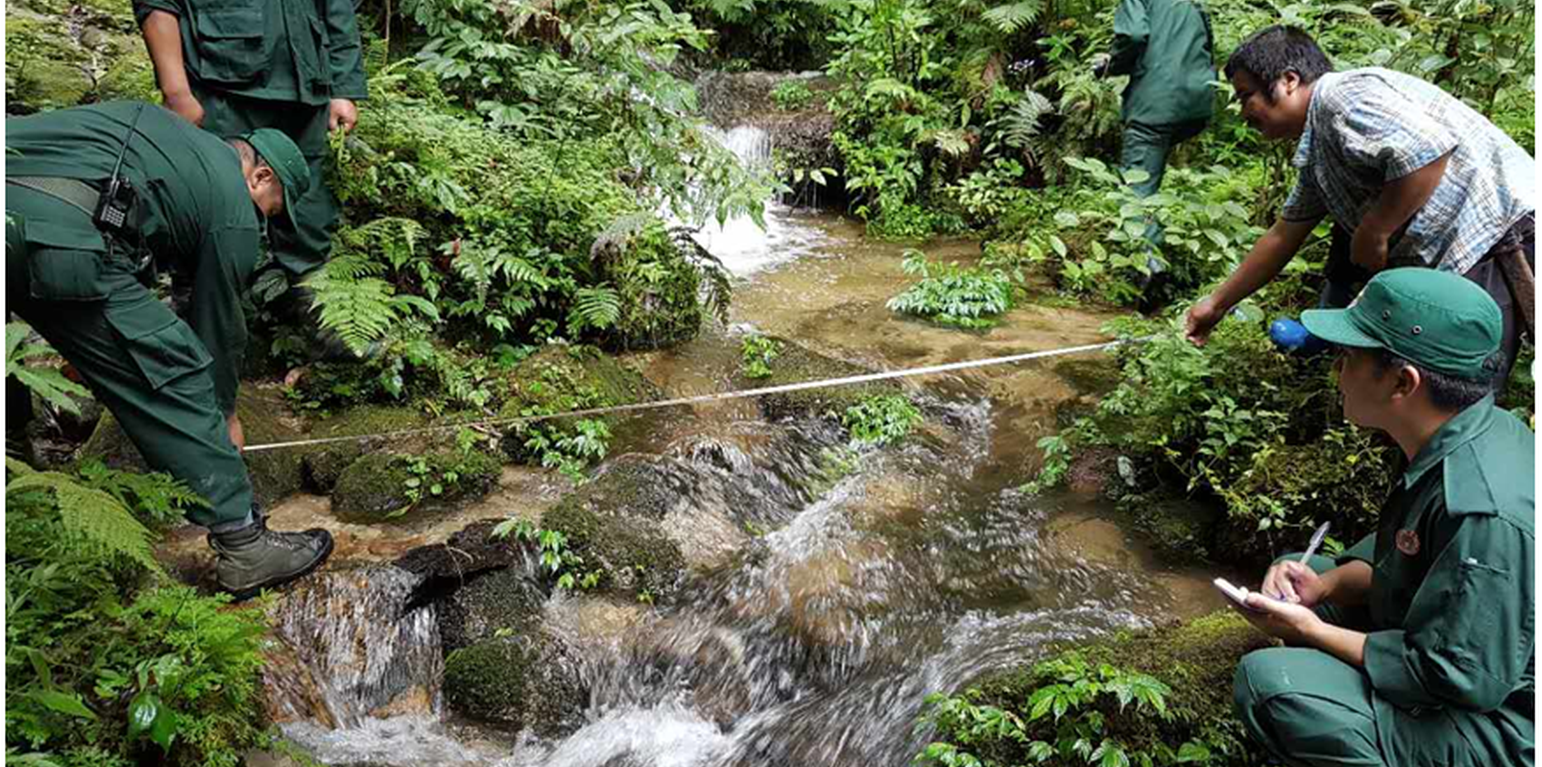



Due to shortages of good quality water, and the need for protection of the watershed to improve quality and quantity, a “Payment for Ecosystem Services” (PES) contractual agreement has been put into place between providers of the services and users. This strategy's primary goal is to maintain the availability of drinking water for places experiencing shortages. The agreement is between the Thakhorling Community Forest Management Group (CFMG) referred to as the "Primary Provider" and Khuchi-Darachhu CFMG as the "Secondary Provider" of environmental services (ES), and the Drinking Water users of Damphu referred to as “Users” of the drinking water source. Official government intermediaries administer the payment for environmental services (PES) mechanism to ensure that it is implemented successfully between the providers and the user.
Under the agreement,
•The ES Providers pledge that a buffer strip of 100 meters shall be maintained on both sides of the stream, where no vegetation or trees can be removed or harvested, and no grazing is permitted. This helps ensure proper recharging of spring sources as well as improving water quality.
•The ES Providers agree to plant native species annually to rehabilitate degraded watersheds.
•The ES Primary Provider commits to guarding the entire watershed from illegal extraction and overgrazing to improve vegetation cover and to ensure the continuous flow of springs.
•The ES Primary Provider promises to clear stream channels every four months to facilitate continuous flow of water.
•The ES Users take responsibility to pay for all the activities undertaken by ES Providers for the protection of the watershed.
•The ES Providers (both primary and secondary) will receive (approx.) US $2700 per year from the Users. The payment is included in the monthly water bill, collected by the Municipal Authority of Damphu, and released to the ES Providers annually. However, in case of increase in water users from current numbers (6000), an additional fee collected will also be released to ES Providers as an additional incentive.
•In the event the ES Provider fails to carry out the activities as agreed, the Dzongkhag Administration has the authority to retain the PES fee of the failed activity and release the fees for other activities.
This agreement is valid for a period of ten years from July 2019 until June 2029 and may be renewed or extended based on the consensus of the parties. To execute the agreement, two water user groups were formed with a chair and committee, and these created tight by-laws. Once every three months, the chairman inspects the water source's cleaning process – for which the workers receive compensation. The land users work in groups to preserve the water source and the surroundings, and they are paid annually. Each year, the groups must plant trees on an acre of land (0.4 ha) close to the water supply.
Monitoring and evaluation of the PES are conducted twice a year - in June and in December- by the officials from Dzongkhag, Municipal, Thromde and Forest Division. After a successful evaluation, they sign a form which is essential to ensure the annual budget for the PES.
Since the water source is in Thakorling, the land users' permission was crucial to supply water to other locations. Many initially opposed the notion of sharing the water source because they believed it would one day result in a water shortage in their own region. But consultations helped them change their minds. Officials gave them assurances that should a water crisis emerge in the Thakorling area, the municipality and Thromde vowed to provide them with water at any cost. Almost everyone accepted the agreement though there are still a small number of people who disagree.
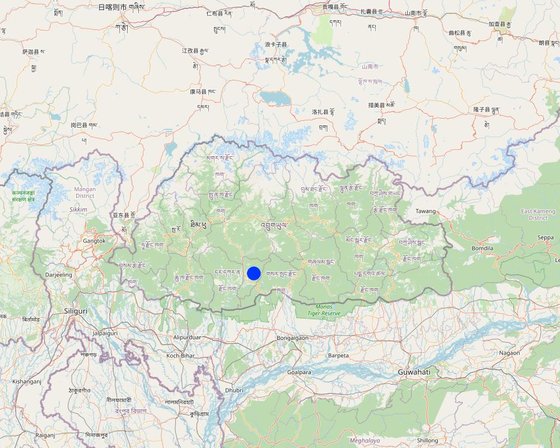
Lieu: Thakorling village, Tsirang, Bhoutan
Date de démarrage: 2019
Année de fin de l'Approche: 2029
Type d'Approche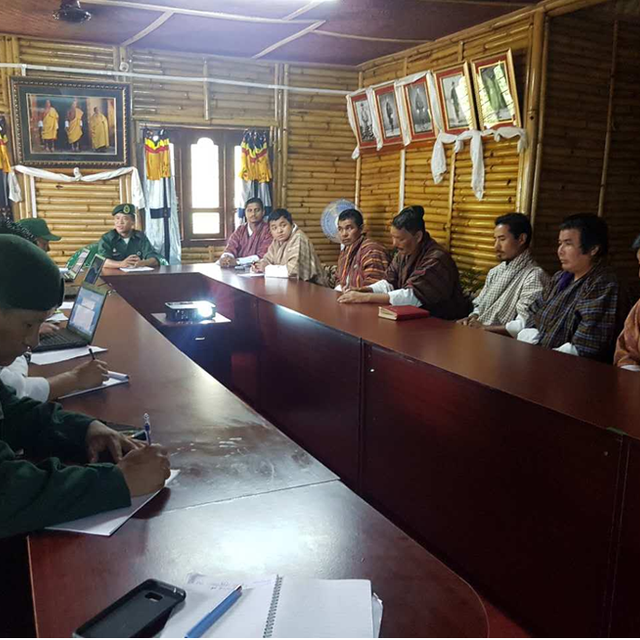
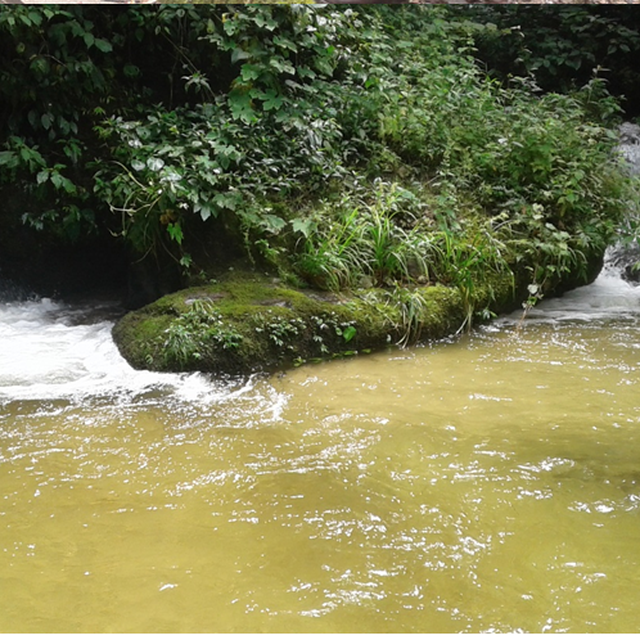
| Quels acteurs/ organismes d'exécution ont été impliqués dans l'Approche? | Spécifiez les parties prenantes | Décrivez le rôle des parties prenantes |
| exploitants locaux des terres / communautés locales | Land users | Land users formed groups to protect, manage and conserve forests under the ecosystem services. |
| Thromde, Municipal and Divisional Forest Office. | Thromde, Municipal and Divisional Forest Office. | Conduct PES meetings, allocate budget and monitor and evaluate the activities carried out by the land users. |
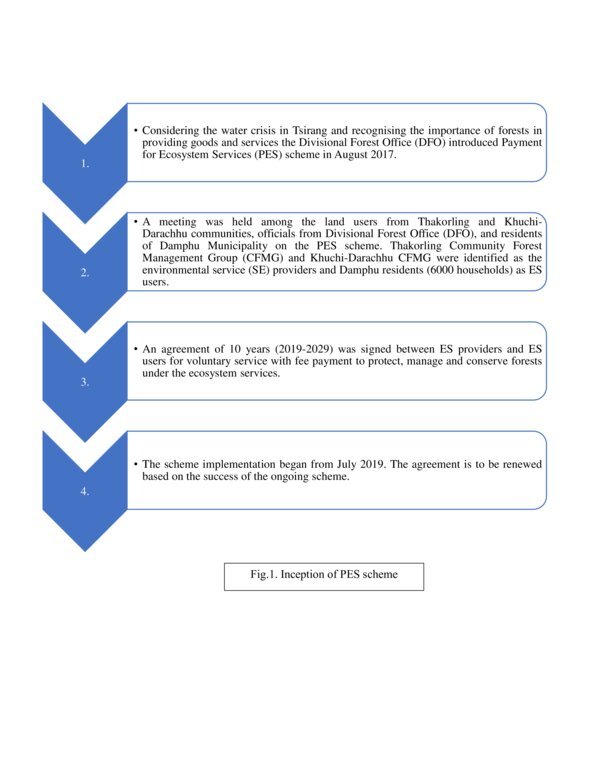
Les décisions ont été prises par
Les décisions ont été prises sur la base de
All the land users works collectively in groups to protect, manage and conserve forests
The land users carry out SLM activities such as afforestation, guarding community forest against illegal extraction of forest resources, limiting the number of cattle members, and maintaining sanitation and hygiene, among others.
The land users work collectively towards the shared goal of forest protection via funds from the ES users.
The approach has improved access to financial resources via funds from the ES users.
The land users are mostly engaged in small but important SLM activities such as afforestation, guarding community forest against illegal extraction of forest resources, limiting the number of cattle members, and so on.
All the land users work collectectively in groups to manage and conserve forests.
Water crisis has been solved.
The land users from various backgrounds are part of ES providers.
Both men and women are in the groups of ES providers.
The approach is focused on forest management and conservation and it positively showcases the benefits of managing and protecting the forests.
ES providers get some amount from the ES users and this amount increases the access to financial resources. Improved access to financial resources in turn increases the access to improved food or nutrition.
ES users have access to clean and continuous water.
This approach encourages afforestation, reduced overgrazing or clearing of vegetation which can indirectly be related to fighting climate change in small ways.
The land users are able to generate income through their environmental services to the ES users.
PES scheme is sustainable without external support as long as the ES providers keep on providing environmental services and the ES users pay for the services. Also, this scheme promotes the different practices of protecting, managing and conserving forests such as afforestation, guarding against illegal extraction of forest resources, and limiting the number of cattle which are all sustainable practices.